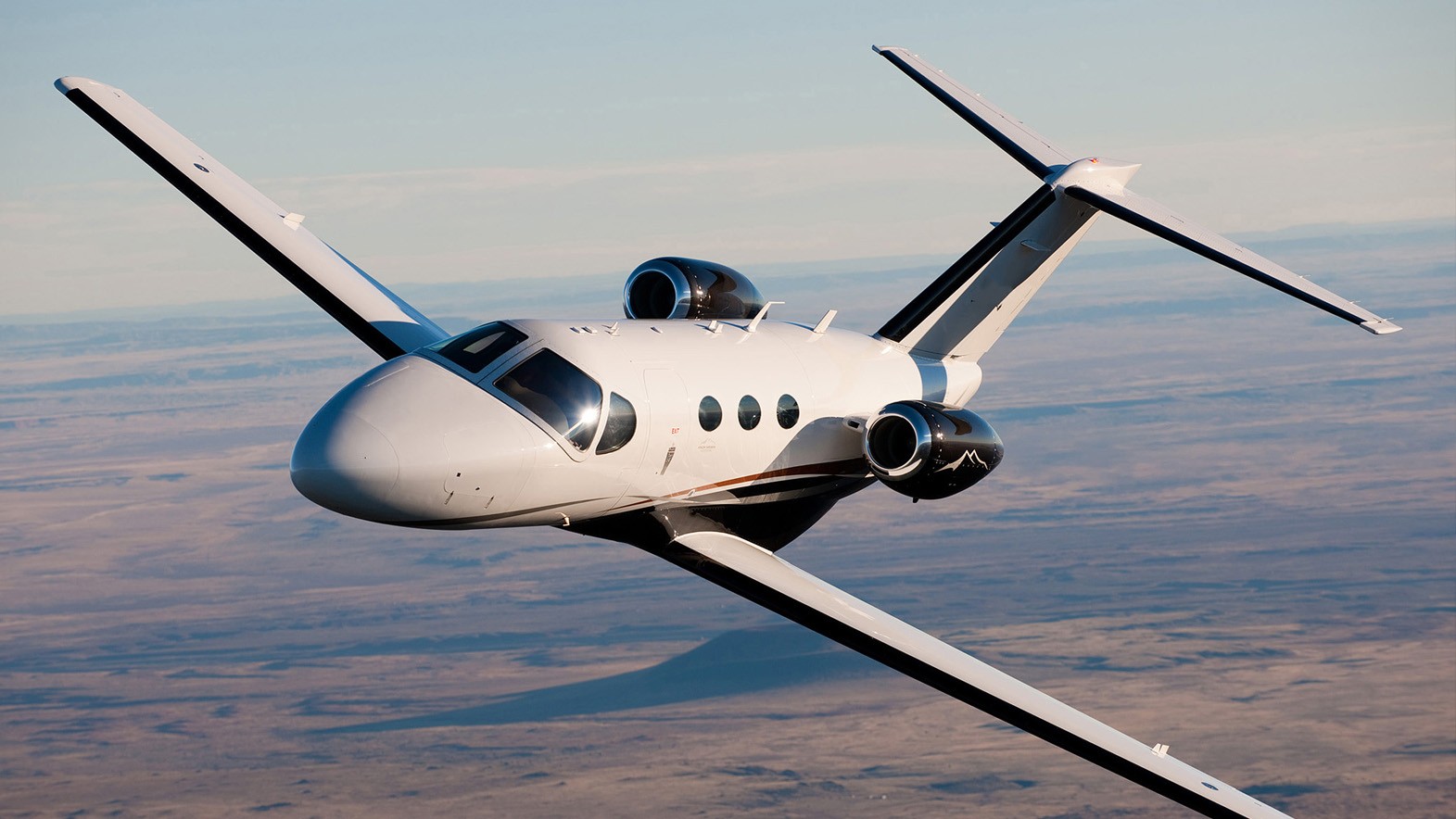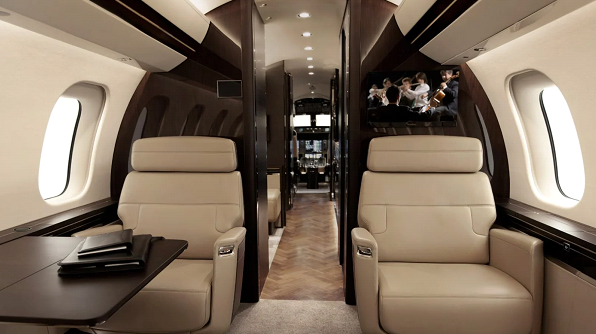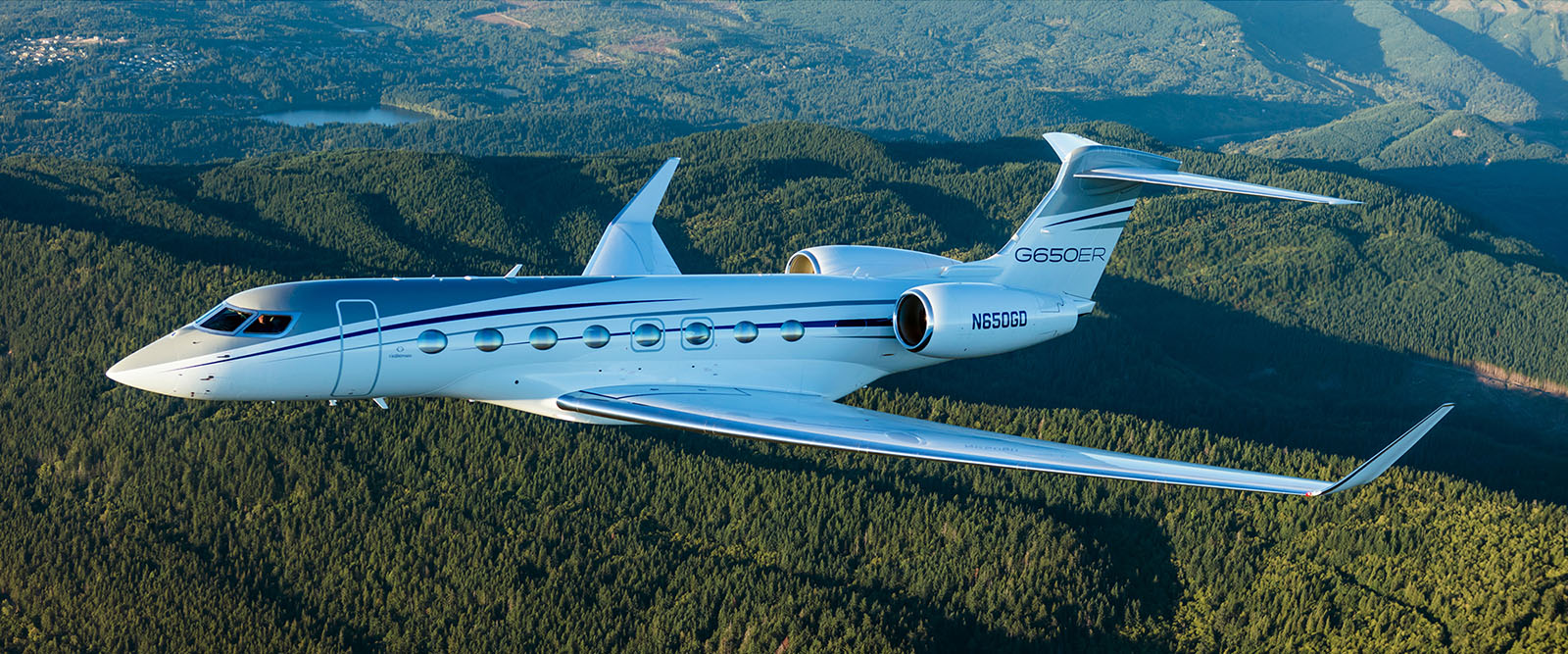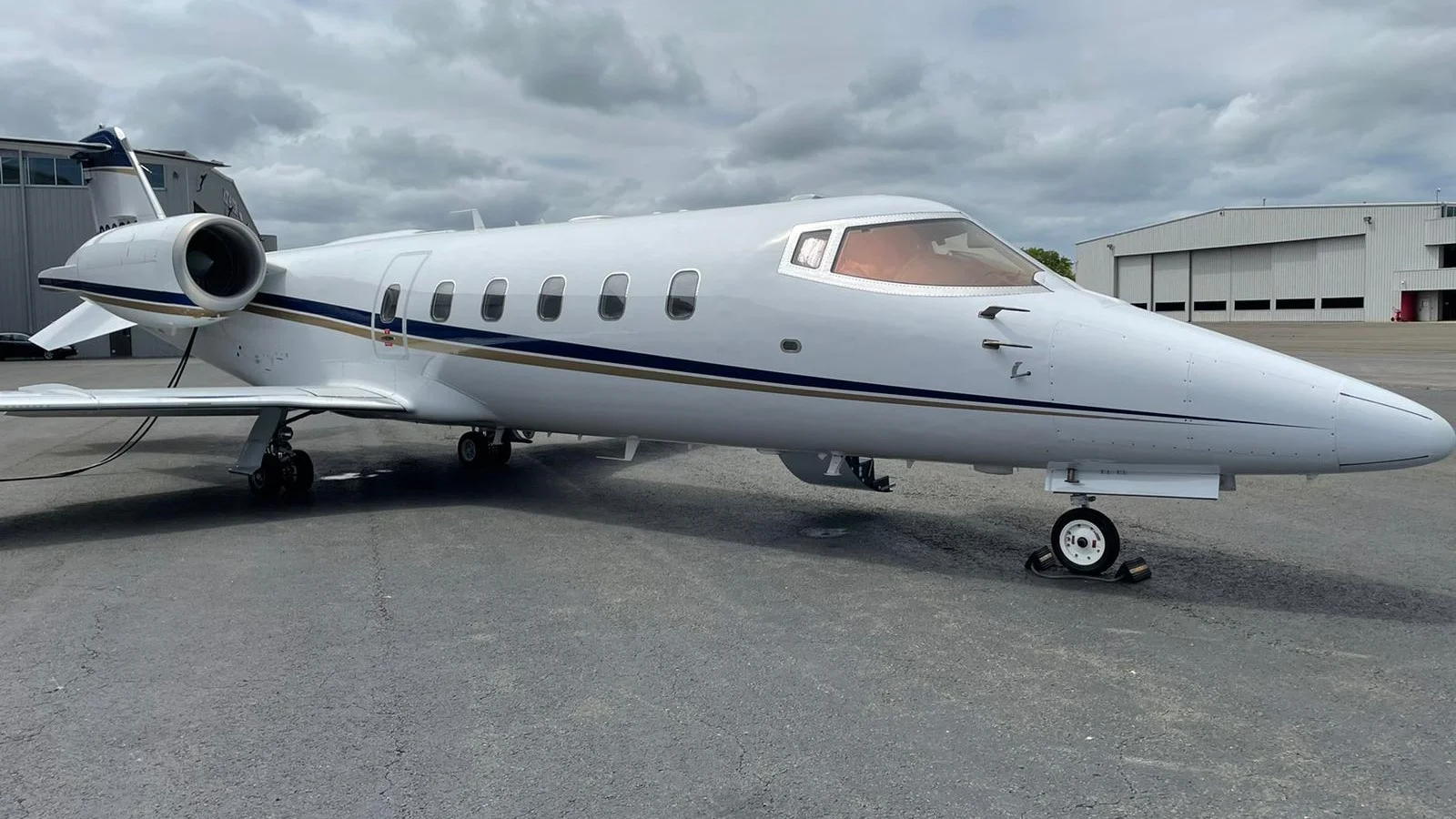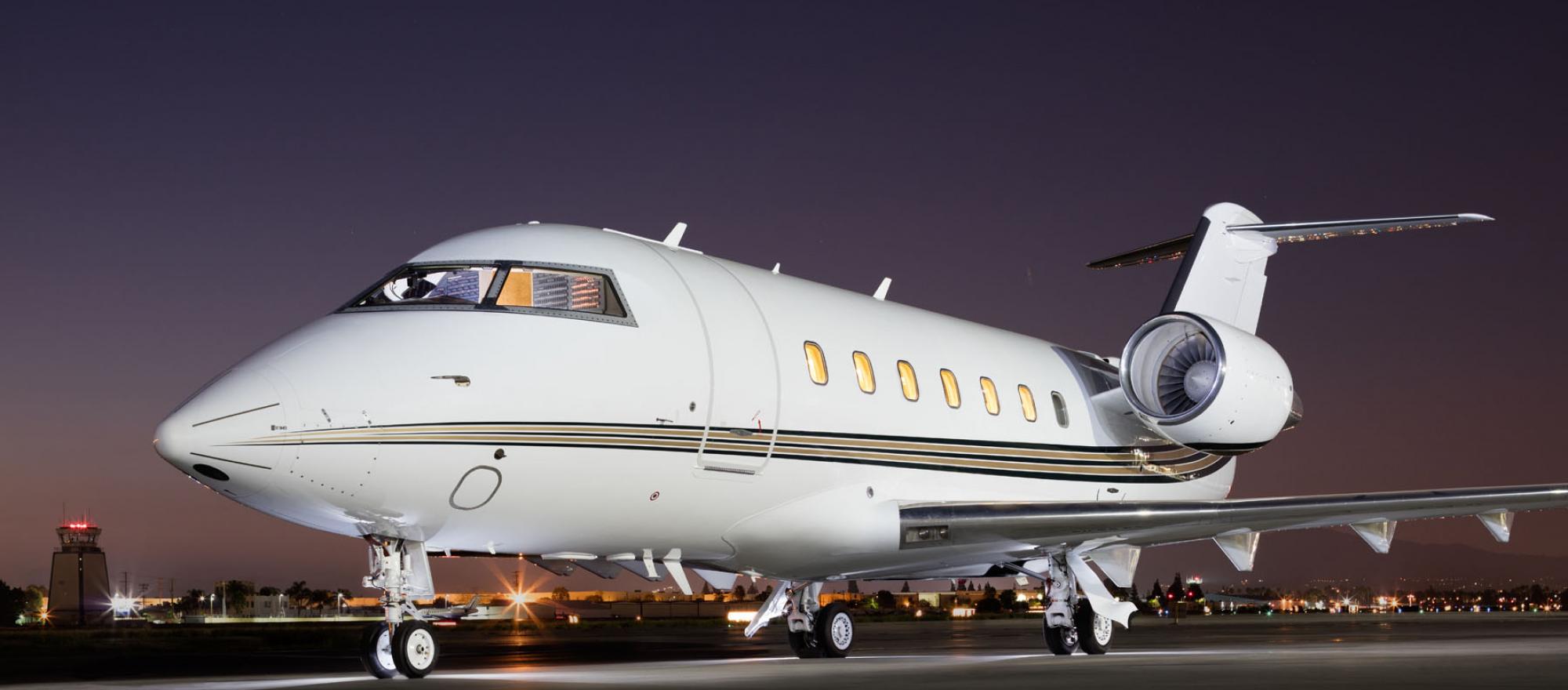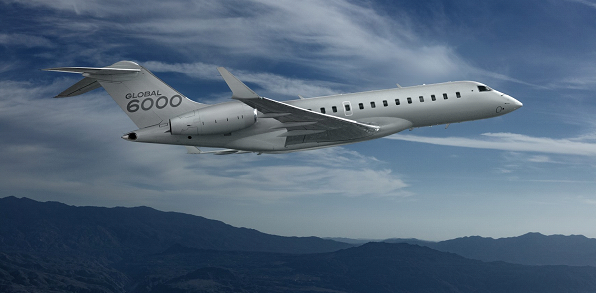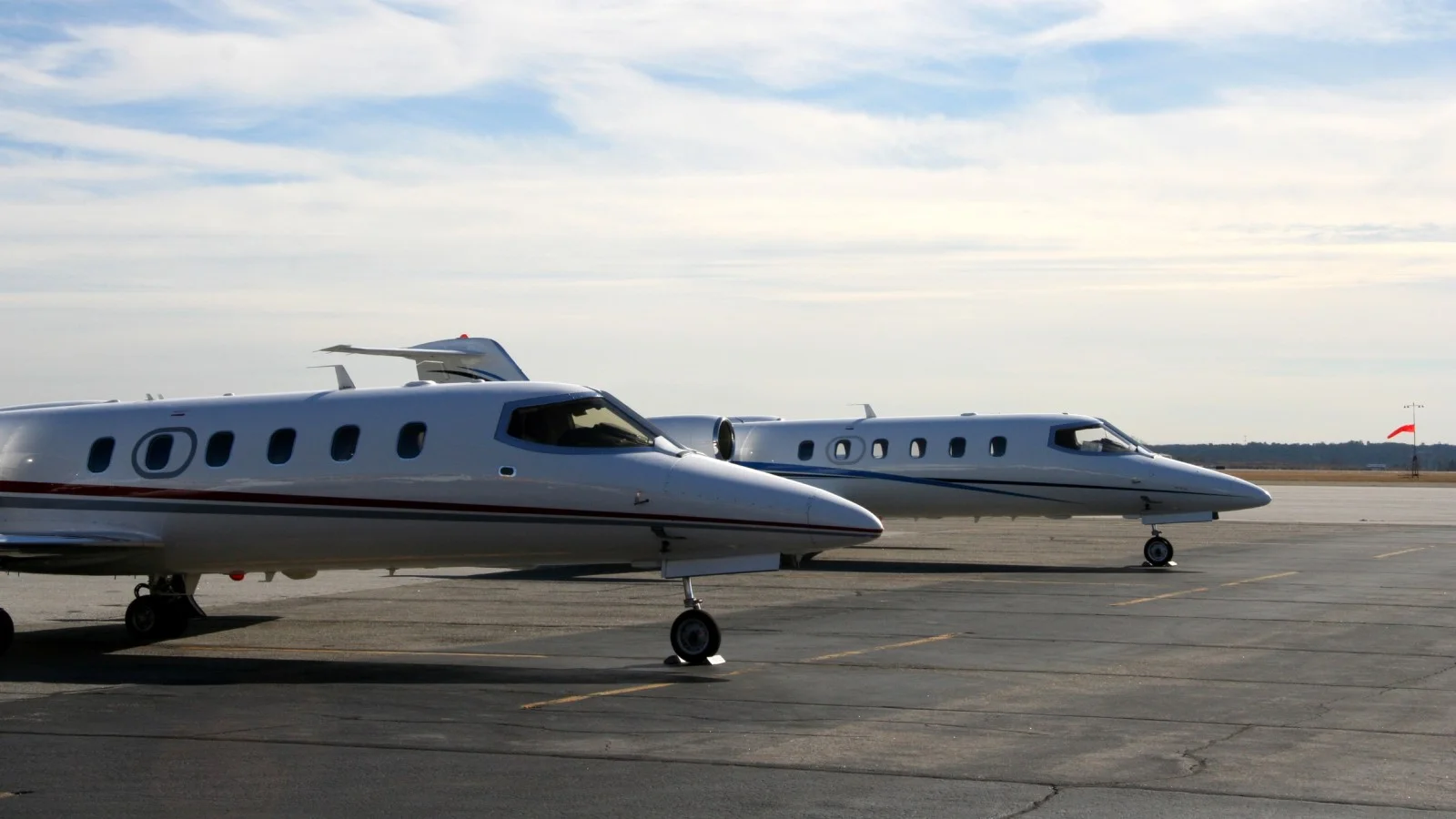Dassault Falcon 900EX Review : Only for the Serious Travelers
7 min read
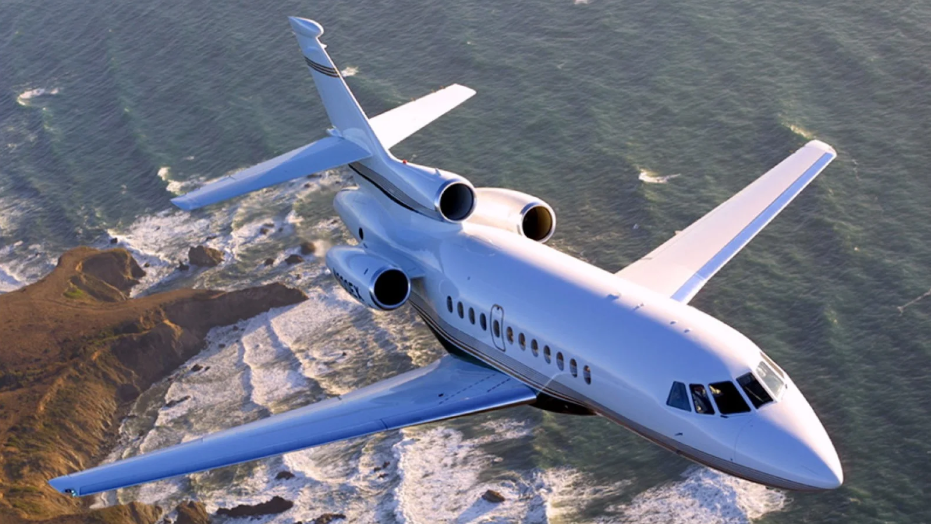
Dassault Falcon 900EX Review
Introduced in 1996, the Dassault Falcon 900EX was built with serious travelers in mind, those who needed to cross oceans, land at smaller airports, and arrive in comfort.
Designed by Dassault Aviation, the French company behind some of the world’s most respected military and business jets, the 900EX stood out thanks to its unique three-engine design, upgraded avionics, and long-range capabilities.
Though it hasn’t been in production since 2003, the Falcon 900EX still holds its own in today’s pre-owned market. It's not just about nostalgia — the aircraft remains a reliable, high-performing option for both business and private use.
In this review, we’ll take a closer look at what makes the 900EX tick, how it compares to other jets in its class, and whether it’s still a smart buy almost three decades after its debut.
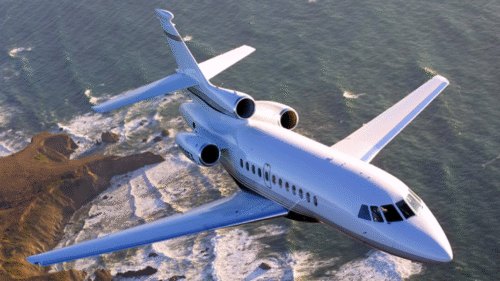
Performance Specs
The Dassault Falcon 900EX doesn’t just look different with its distinctive three-engine layout—it performs differently too, in the best ways possible.
Under the hood (or rather, at the tail), you'll find three Honeywell TFE731-60 engines, each cranking out 5,000 pounds of thrust. That extra engine isn’t just for show. It gives the aircraft added safety redundancy, stronger climb performance, and more confidence when flying long stretches over ocean or remote terrain; areas where turning back isn’t exactly convenient.
Let’s talk about range. The Falcon 900EX can fly up to 4,725 nautical miles nonstop, putting city pairs like New York to Moscow or Hong Kong to Istanbul well within reach. This kind of range means fewer fuel stops, more direct routes, and less downtime; especially valuable for business travelers who measure time in dollars.
Speed is no slouch either. It tops out at 482 knots, cruises comfortably at 459 knots, and can slow things down to a more economical 430 knots when needed. And if you’re the type who likes to fly above the fray (both literally and figuratively), the 900EX will take you all the way up to 51,000 feet. That’s above most commercial traffic and weather, offering smoother flights and fewer delays.
Now here’s where things get really impressive: despite being a large, long-range jet, it only needs 5,215 feet to take off and just 3,750 feet to land. That kind of short-field performance is rare in this size category and means you can get in and out of airports like Aspen or London City—places that are off-limits to many other jets with comparable range.
And let’s not overlook the climb rate: 3,880 feet per minute on a standard day. Even with a single engine out, the aircraft still manages a climb rate of 755 feet per minute. That’s the kind of backup muscle that pilots (and passengers) appreciate when things don’t go perfectly.
In short, the Falcon 900EX isn’t just about getting from A to B—it’s about doing it fast, efficiently, and with options. It was built to go the distance and land where others can't, and nearly 30 years after its debut, it’s still doing just that.
Cabin and Interior
Step inside the Falcon 900EX, and it's immediately clear that this isn’t just a flying machine, it’s a flying lounge, office, and bedroom rolled into one. Dassault didn’t just build a cabin; they engineered a high-altitude escape tailored for long-haul comfort and real-world practicality.
At 6.1 feet tall, 7.7 feet wide, and stretching nearly 39 feet in length (not counting the cockpit), the cabin offers 1,264 cubic feet of space; plenty of room to move, work, dine, or stretch out without feeling boxed in. This isn’t one of those jets where you brush your head against the ceiling or knock knees when you swivel your seat. It’s spacious in a way that matters when you’re spending hours at 45,000 feet.
The standard seating layout typically hosts 8 to 12 passengers in a double-club configuration, complete with a cozy three-person divan. It’s great for group discussions or catching some sleep; two of the seats can even be transformed into a full-length bed. Need more space? The cabin can be reconfigured for up to 16 passengers if you’re flying a team, or down to five if you want full sleeping accommodations for a quieter, overnight transatlantic haul.
But it’s not just about space, it's about the experience. The Falcon 900EX cabin comes equipped with everything you’d expect in a high-end business jet: fully adjustable leather seats, foldout console tables, a well-equipped galley or bar area, and even two lavatories so guests don’t need to wait in line.
There's also a makeup room, a thoughtful touch, especially for VIPs, and an in-flight accessible baggage area (127 cubic feet), which means no more digging through luggage only after landing.
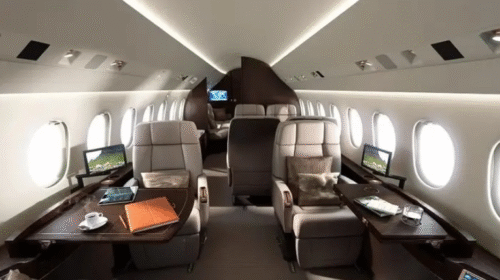
Entertainment and connectivity? Check. The aircraft supports satellite phones and a DVD/video system, though most operators these days opt for modern upgrades like streaming platforms, Wi-Fi, and Bluetooth-enabled systems.
And if you want to enhance the ambiance, noise-reduction insulation is available, cutting cabin noise by up to 7 decibels; enough to make conversation easier and sleep a lot more restful. Add in custom mood lighting, and you can create a cabin atmosphere that’s bright and business-ready or dimmed down for relaxation.
Buyers also have the option to personalize the interior with materials, finishes, and layouts that suit their style or brand. Whether it’s a walnut conference table or plush recliners in cream leather, the Falcon 900EX makes room for taste and function.
All of this adds up to an environment that’s not only livable for long legs of travel, it’s genuinely enjoyable. And for passengers used to flying commercial first class, stepping onto a Falcon 900EX feels less like an upgrade and more like entering a whole new world of travel.
Cockpit and Crew
Up front, the Falcon 900EX is just as capable as it is in the back. The cockpit is outfitted with a Rockwell Collins avionics suite that gives pilots everything they need to fly long-range, high-altitude missions with confidence. Dual Honeywell/Sperry WR-800 flight management systems, advanced inertial reference units, and precise air-data computers work together to ensure accuracy, reliability, and ease of navigation; even in busy or unpredictable airspace.
For those looking to modernize, optional upgrades like the Honeywell Primus 2000 system or Dassault’s EASy cockpit are available. These enhancements bring more intuitive layouts, streamlined workflows, and improved situational awareness, reducing pilot workload and increasing overall safety.
As for crew requirements, the 900EX needs a two-pilot team, standard for jets in this category. That second set of eyes isn’t just for luxury; it’s a key safety feature, especially when flying across oceans or at high altitudes where regulatory and operational standards demand the highest level of vigilance.
Fuel Efficiency and Operating Costs
While the trijet design boosts performance and safety, it also contributes to higher fuel and maintenance costs compared to twin-engine competitors. The Falcon 900EX burns approximately 267 gallons of fuel per hour. At a fuel cost of $7.50 per gallon, that equates to roughly $2,002.50 per hour in fuel alone.
Estimated Hourly Costs:
Fuel: $2,002.50 Maintenance: $400 Engine Maintenance: $525 ($175 per engine) Crew Salaries: $500 Insurance: $300 Landing Fees: $200 Miscellaneous: $100 Total: ~$3,100 per flight hourThese figures are based on 200 flight hours annually. If flown more frequently (e.g., 450 hours/year), total hourly costs could rise closer to $7,072, depending on usage and conditions.
Main Competitors
In its price and performance class, the Falcon 900EX primarily competes with:
Gulfstream GIV/GIV-SP: Offers similar range and speed but with only two engines.
Bombardier Challenger 604: Known for a wide cabin and lower operating costs but lacks the 900EX's short-field capabilities. Embraer Legacy 600: Comparable range and slightly newer, but less refined in cabin comfort and flexibility. Where the 900EX stands out is its trijet safety redundancy and ability to use shorter runways, giving it an edge in certain operational scenarios.Pros and Cons
Pros
- Long Range: 4,725 nm covers most transcontinental and transoceanic routes.
- Trijet Safety: Better single-engine performance and added redundancy.
- Short-Field Capability: Access to more airports, including challenging ones.
- Spacious, Configurable Cabin: Offers a high degree of luxury and flexibility.
- Strong Pre-Owned Value: Cheaper than newer jets with similar features.
Cons
- Higher Operating Costs: Especially due to fuel and engine maintenance for three engines.
- Aging Model: Production ended in 2003; newer jets offer more advanced technology.
- Maintenance Costs: C Check and upgrades can be expensive and time-consuming.
- Avionics May Require Upgrades: To match current airspace compliance and convenience.
Final Verdict: Is the Falcon 900EX Worth It?
Despite its age, the Dassault Falcon 900EX remains a compelling option for buyers who value performance, cabin comfort, and operational flexibility. Its trijet design, while contributing to slightly higher operating costs, delivers unmatched safety and performance, especially on long or remote routes.
For corporate operators, governments, and high-net-worth individuals seeking a proven, reliable, and spacious aircraft at a fraction of the price of newer alternatives, the 900EX stands tall. While modern avionics upgrades and interior refurbishments may be necessary to bring it up to today’s standards, its core platform remains robust and respected.
In a world where business aviation increasingly prizes efficiency and luxury, the Falcon 900EX continues to offer both, along with a touch of classic aviation elegance.
